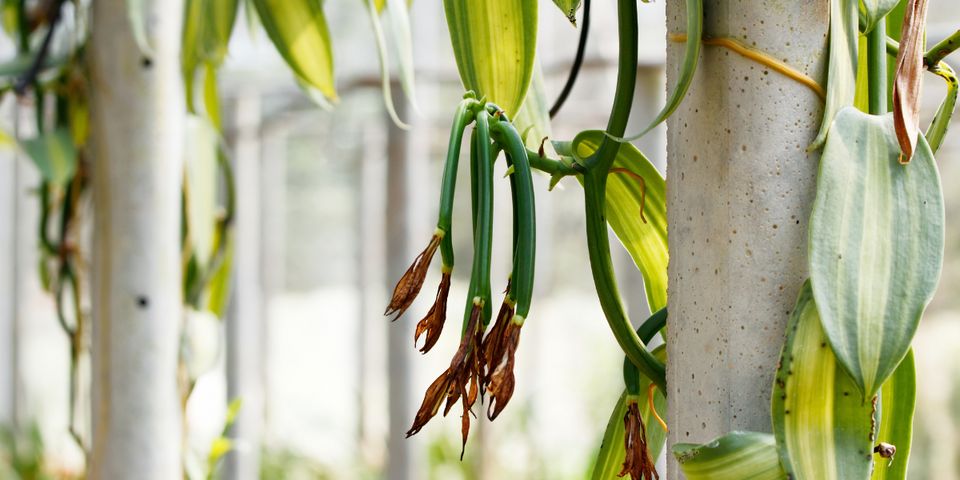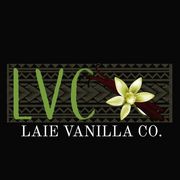What Are the Stages of Growing & Harvesting Vanilla Beans?

Have you ever wondered where vanilla comes from? Whether you’re adding it to baked goods, sweetening coffee, or flavoring your favorite dish, the vanilla you’re using began as a bean. Here is a breakdown of the growing and harvesting process to help you appreciate the origins of your favorite flavor.
Flowering Season

Vanilla begins as a tropical orchid. These plants flower between February and June, but only for 6 hours in a single day. Roughly 30–40 flowers grow on a plant cluster. Since they don’t all flower at the same time, growers have to actively monitor and pollinate the plant by folding back the stigma and anther inside the flowers. Over six to nine months, the stem on each flower will grow a vanilla pod and vine. Once the pod turns yellow, it will be picked.
Harvesting
Growers harvest the vanilla beans by detaching each pod from the plant. They then immerse the pods in hot water to prevent additional growth, remove dirt, and stimulate compounds that mature the beans’ color and flavor. The beans are then wrapped and stored in an insulated container for two days to contain the heat and brown them.
Drying
The beans are finally sun-dried and returned to the insulated box at night, which draws out moisture so only the natural oils remain in the pods. This process takes roughly a month or until the pods' moisture level is less than 25–30%. The longer this process goes on, the richer the beans’ flavor. The final product has a dark color and leathery texture.
If you want to try natural, Hawaiian-grown vanilla, contact Laie Vanilla Company. Based on Oahu, this farm has produced delicious beans since 1991. Owner Saili Levi maintains over 800 vanilla orchid vines on the farm and uses natural mediums to grow the plants. Explore the farm's various products, from extracts to beans, on their website, or call (808) 209-3354 to speak with a sales associate. You can also find updates from the farm on Facebook.
About the Business
Have a question? Ask the experts!
Send your question

